Main Menu
- Home
- Product Finder
- Calibration Systems
- Calibration Services
- Digital Sensing
- Industrial Vibration Calibration
- Modal and Vibration Testing
- Non-Destructive Testing
- Sound & Vibration Rental Program
- Learn
- About Us
- Contact Us
The well-established method for collecting Frequency Response Function (FRF) Data, Multiple-input, multiple-output (MIMO) measurement techniques, can at first seem intimidating. The article “ Advantages of Multiple-Input Multiple-Output Testing” by Peres, et al., published in SOUND & VIBRATION magazine (AUGUST 2015 issue), covers some of the basics of MIMO test setups and compares results of single (SIMO) and multiple (MIMO) shaker tests.
Below, find the mode shape animations from this paper. SIMO and MIMO tests were performed using two shakers, SmartShakerTM with Integrated Power Amplifier Model K2007E01, on a rotor spider from an Airbus / Eurocopter AS350 helicopter.
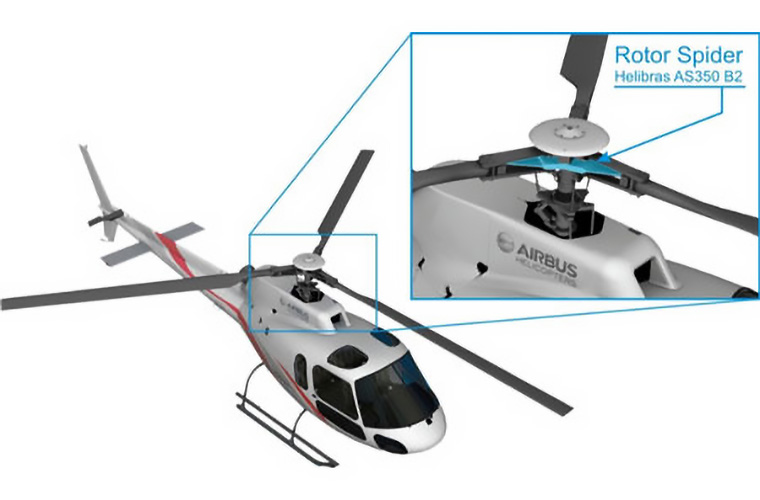
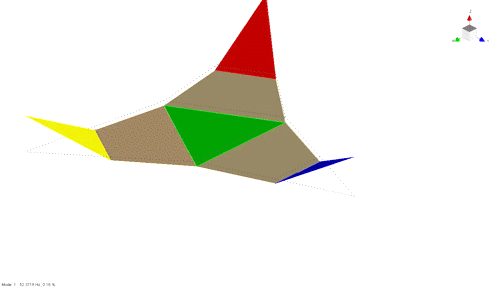 | 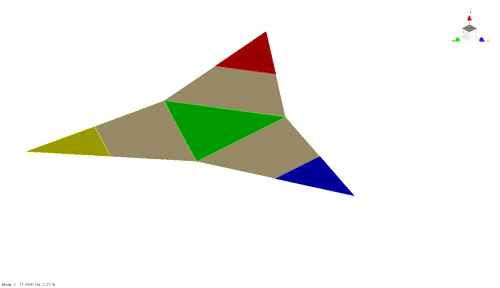 |
SIMO mode 1 | MIMO mode 1 |
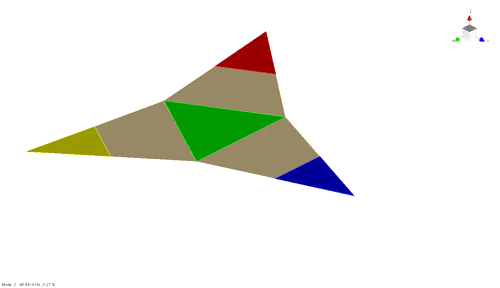 | |
MIMO mode 2 | |
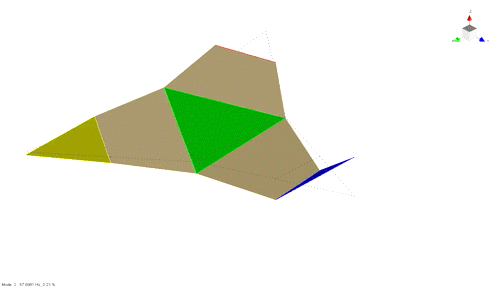 | 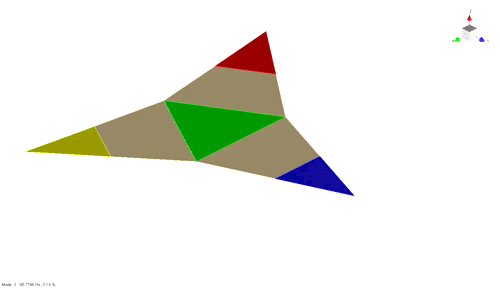 |
SIMO mode 3 | MIMO mode 3 |
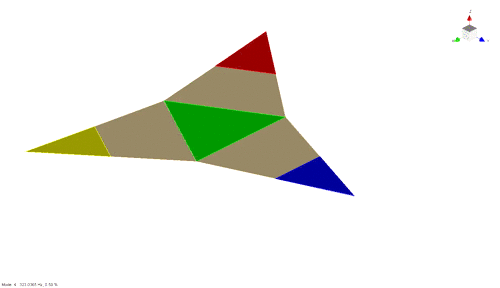 | |
MIMO mode 4 | |
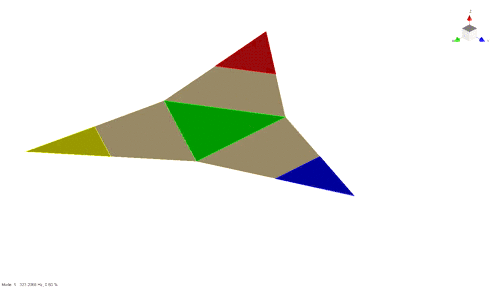 | |
MIMO mode 5 | |
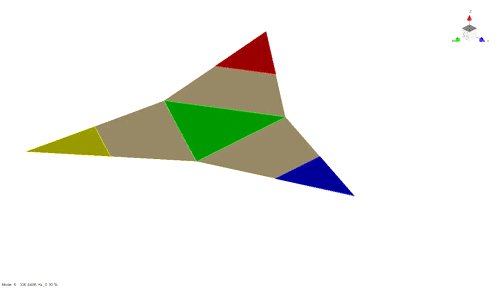 | |
SIMO mode 6 | MIMO mode 6 |
 | 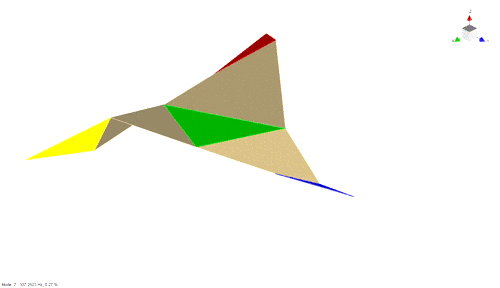 |
SIMO mode 7 | MIMO mode 7 |
 | |
MIMO mode 8 | |
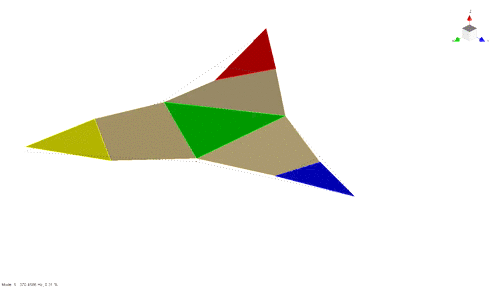 |  |
SIMO mode 9 | MIMO mode 9 |
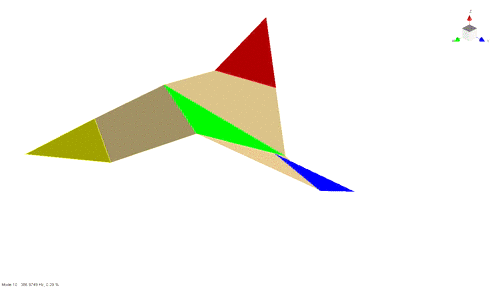 | |
MIMO mode 10 | |
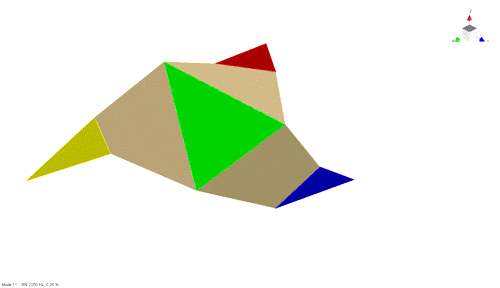 | |
MIMO mode 11 | |
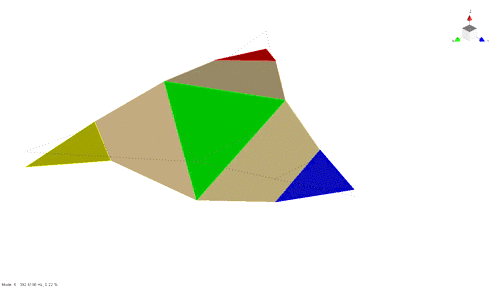 | |
SIMO mode 12 |
* The results were presented on the “Advantages of Multiple-Input Multiple-Output Testing” article by Peres, et Alii, published in the SOUND & VIBRATION magazine (AUGUST 2015 issue) and are based on an original paper presented at ISMA, International Conference on Noise and Vibration Engineering, Leuven, Belgium, September 2014. To obtain a copy of the paper, please visit the SOUND & VIBRATION magazine web site at www.sandv.com or e-mail the author at info@modalshop.com